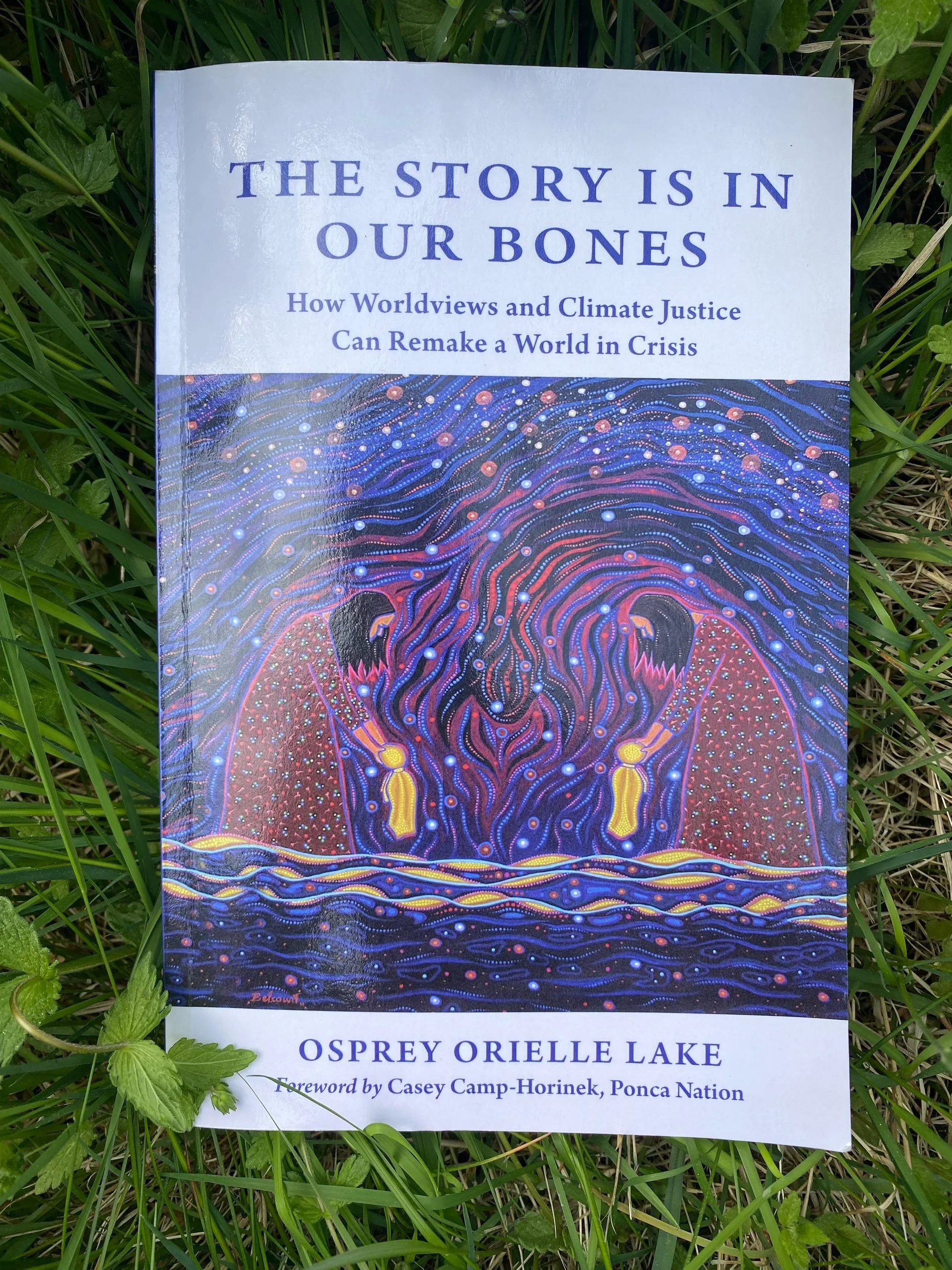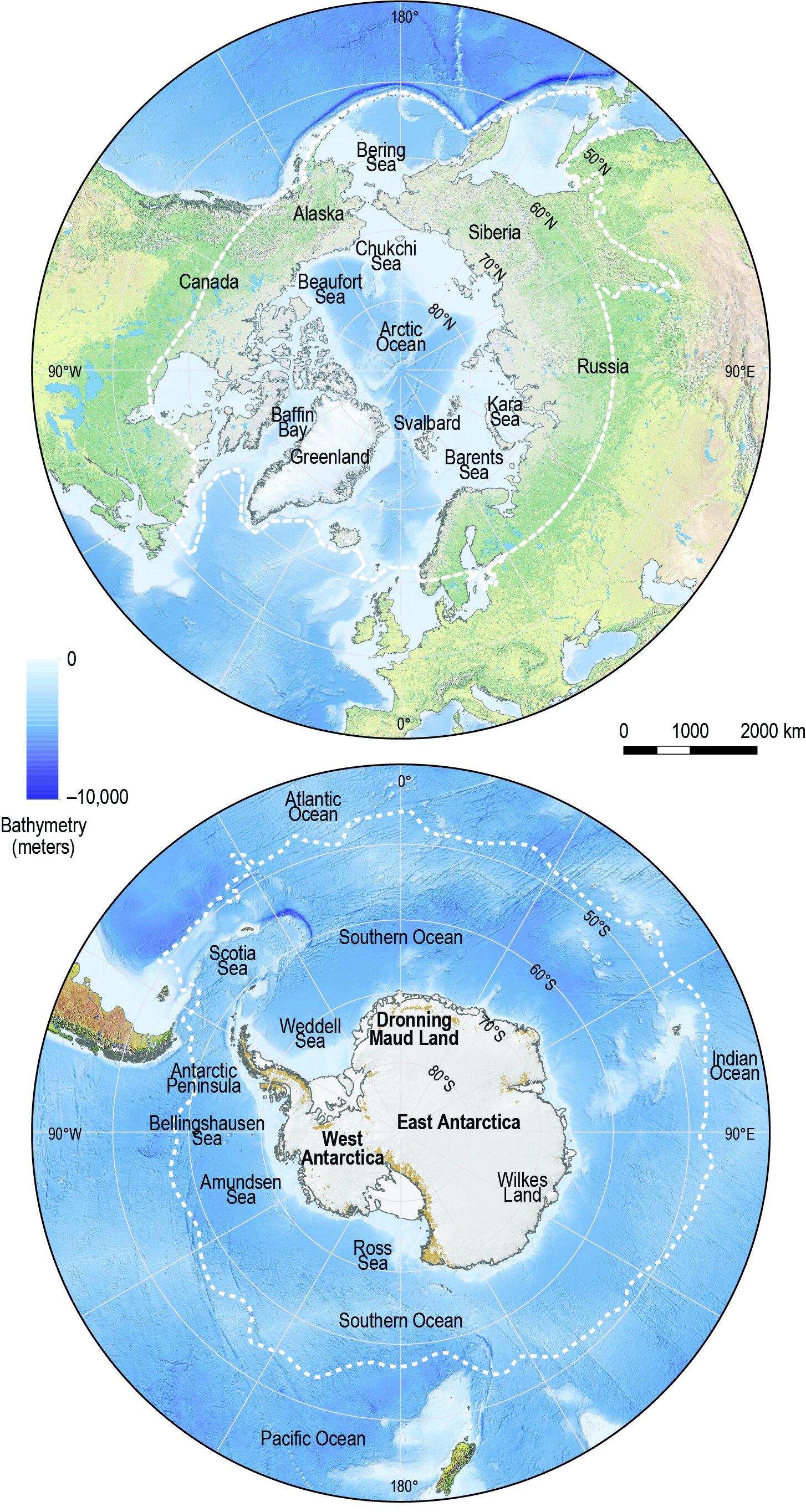As a new mini-series, I have decided to publish a blog post on one chapter from my master every day for the next 14 days or so (making it a bit like the Norwegian hit series SKAM). Arctic oil drilling is a highly relevant topic these days, and my hope for this mini series is to spread awareness of the current situation, and let more people join in on the conversation on Arctic oil drilling. Here we go:
To what extent will there be consequences for the Coastal Sámi in the event of an Arctic oil spill in the South-East Barents Sea? — With a case study of Coastal Sámi inhabitants living in the northernmost municipalities of Norway
Abstract
This dissertation provides a thorough response to the research question ‘what risk factors does the Coastal Sámi community face when considering an oil spill in the South-East Barents Sea?’ In addition to how the ocean is of significant cultural value to the Coastal Sámi for their sense of identity, it is also their primary food source. Oil activity in the South-East Barents Sea will pose a threat already under safe practice, as the seismic shooting the Norwegian oil industry use in order to locate oil wells has a negative effect on larva and fry. The sea bottom of the Barents Sea is currently being mapped, and the report is estimated to be finished in 2020, making it impossible to predict further consequences on the marine life before this time. Large scale oil spill recovery tests affirmed how techniques used in open waters to remove oil were not applicable, and how satellite monitoring system would not pick up oil spilt under ice with a density percentage over 40%. The case study confirmed that the risks of an oil spill had not been given to the informants. A plausible reason could be that information was given to the Sámi Parliament on behalf of the Sámi, but as there is no known knowledge on how to clean an Arctic spill, this withholding of information breaks with the Principle of Free, Prior and Informed Consent in The United Nations Declaration on the Rights of Indigenous Peoples which Norway has signed. Recommendations includes drawing up a treaty distributing areas in and around the sea between the Sámi population and the non-indigenous population of Norway, waiting until the sea bottom mapping is finished before oil licenses are being allocated and in order to achieve Norway’s climate emission targets leave the oil reservoirs unexplored.
‘The Arctic is closer to our homes than we think.’
- David Attenborough
1.0 Introduction
1.1 Background of the study
The background for this masters dissertation is that the human created (Stern 2006) climate change is heating up the Arctic at a faster pace than any other place on the globe. This causes melting of the permanent ice, and with this the opening of an unexploited territory in regards of fossil energy sources. Norway owns oil concessions in the Barents Sea (see figure 1), and gas production has already started in the Southern areas of the Barents Sea in the ‘Snøhvit’ field 140 km North-West of Hammerfest. The concern of this dissertation is what the consequences for the indigenous population of Norway, the Sámi, would be if an oil spill in these recently opened areas were to occur. Norway found oil on the Norwegian shelf in 1969 (Regjeringen 2013) on the field named ‘Ekofisk’, whereas the Sámi, and in particular the Coastal Sámi population, have been inhabiting the same areas that are now being opened up to the petroleum industry for over 10.000 years (Porsanger Sameforening 2013). What is special with the South-East Barents Sea being opened for oil exploration, (and also the North Barents Sea that has been test-drilled for oil while this dissertation has been written), is that the South-East Barents Sea borders to the permanent ice, an area both indigenous and non-indigenous people of the North rely on for food security, as its existence is crucial for the complex and highly adapted biodiversity of the Arctic. Oil spill recovery systems do exist for open waters, but not for oil that has leaked under ice. Arctic drilling is a new phenomenon and tests on how to detect and clean up an oil spill sponsored by several leading oil companies have proven to be extremely challenging, if not impossible at this time(Sintef 2010).
Figure 1. Impact assessment area: The Norwegian Oil Directorate
1.2 The main research question
In June 2013 the Norwegian government agreed to open the South-East areas of the Norwegian Barents Sea for oil exploration, in the hope that there will be oil reservoirs. This is a new direction in Norwegian policy making, because this is the first time an area close to the permanent ice has been opened up. The Sámi, and in particular the Coastal Sámi, are dependent on the nearby ocean and a functioning ecosystem for their continued survival as a people. The full consequences of an oil spill in Arctic waters are unknown, this dissertation will therefore assess risk factors based on current knowledge and seek out to give a full perspective of the environmental impacts for the Coastal Sámi population, and what acts of mitigation would be necessary in order to prevent potential damage done to their immediate nature.
1.3 Rationale
This dissertation will consider how an Arctic oil spill will affect the Coastal Sámi population because my thesis is that all the facts was not properly presented when the decision of opening the South-East Barents Sea for oil recovery was made, due to how there is little to no known facts on how to remove oil from ice covered waters(Sintef 2010). After reading through the official documents by the Norwegian Ministry of Petroleum and Energy sent out on a hearing to the Sámi Parliament, these parts were not included and the process of opening the above named areas was heavily criticized for having happened too quickly for affected parts to protest.
1.3.1 Scope
This dissertation will not consider the two following aspects of oil in the Barents Sea:
1. A report done by SINTEF on how oil reacts in Arctic waters (Sintef 2010) suggest that it is probably from the increased shipping traffic through the North-East passage that an oil leakage will come from, and that these kinds of oil spills will be harder to control from for example a governmental point of view, because from an economical perspective with the melting poles, it is more lucrative to use the North-East passage and therefor the shipping will probably happen either way if oil drilling is not going to take place in the Arctic. The report stated that the usual way oil spills from tankers is noticed is by constant satellite photos, but the problem with the Arctic is that if the ice concentration is high then it is impossible to spot the spills, and this is when the oil can drift under the ice for months.
2. Many experts have pointed towards that oil exploration in the Arctic, and particularly in the Barents Sea, is not an economically good decision as it is highly expensive to start exploration in an area where there is currently no sufficient equipment to drill safely, nor a connection to the already existing transport system Norway transports its LNG on.
1.4 Aims
The aim of this masters dissertation is to highlight the indigenous perspective of the Coastal Sámi in the debate around oil activities in the High North of Norway. A common feature for indigenous populations is their dependence on the nature for their continuous survival as a people and the Coastal Sámi are not different. When interfering with the Coastal Sámi’s prospects of a livestock funded in the primary sector, the oil industry does not only put their main food source at risk, but also how they define themselves as a people. Their identity is so intertwined with where they live and how their food is gathered, that a clean shoreline and waters are a prerequisite for the Costal Sámi’s existence. This statement is based on results from the interviews that will be discussed in chapter 2 of this dissertation.












